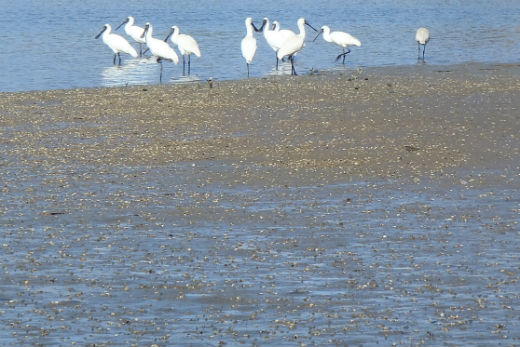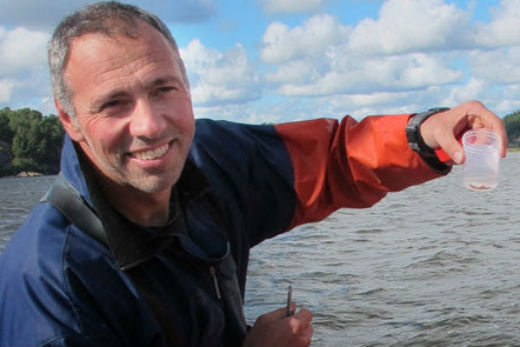A soft bottom expert - Biological sciences professor at the University of Waikato Conrad Pilditch, is talking up the importance of the health of harbour bottoms, mudflats and estuaries at the Tauranga Yacht and Power Boat Club on Monday night.
Conrad specialises in the processes that influence the structure and function of soft-sediment communities - the health or otherwise of New Zealand largest coastal habitat.
Soft bottom fan, Conrad Pilditch.Photo: Supplied.
Conrad is presenting an overview of current research aimed at understanding the consequences of biodiversity loss in soft sediments, and what it may mean for society.
His particular focus is in how hydrodynamics (liquid forces) and benthic organisms (organisms that live in and on the bottom of the ocean floor) interact to affect sediment transport, recruitment, nutrient fluxes and food supply.
'Basically, if you value clean water, productive fisheries and collecting kaimoana, you should care about soft sediments,” says Conrad.
His research seeks to understand how the major stressors in coastal environments – nutrient and sediment inputs from land – are affecting the biodiversity of soft bottom ecosystems in estuarine and coastal habitats.
'The changes in nutrient and sediment inputs affect how organisms behave, their abundance and diversity, and have consequences for the ecosystem's function,” says Conrad.
What may seem like a small change to a soft bottom ecosystem, such as a slight increase in nutrient input affecting primary food supply, can have far-reaching implications.
'Look at the godwit bird, for example. They feed during our summer in the Firth of Thames, and migrate to Alaska to breed in the winter.
'As a wading bird, they feed in shallow water. If their food sources become scarce as a result of changes in the soft sediment habitat, they won't have the energy to fly north to breed, and that will then have consequences to their breeding environment in Alaska.”
His research also aims to answer the question of why biodiversity matters, how to preserve it, and what the exact limits of biodiversity change are.
'We have had a lot of land use change in New Zealand, so we need to understand the implications of increasing, multiple stressors on coastal and ocean environments, and the levels of change they're bringing about in order to adapt our actions accordingly.”
People are asked to turn up at 6.30pm for a 7pm start.

Small changed to mudflats can have big efffects. Photo: Supplied.



0 comments
Leave a Comment
You must be logged in to make a comment.